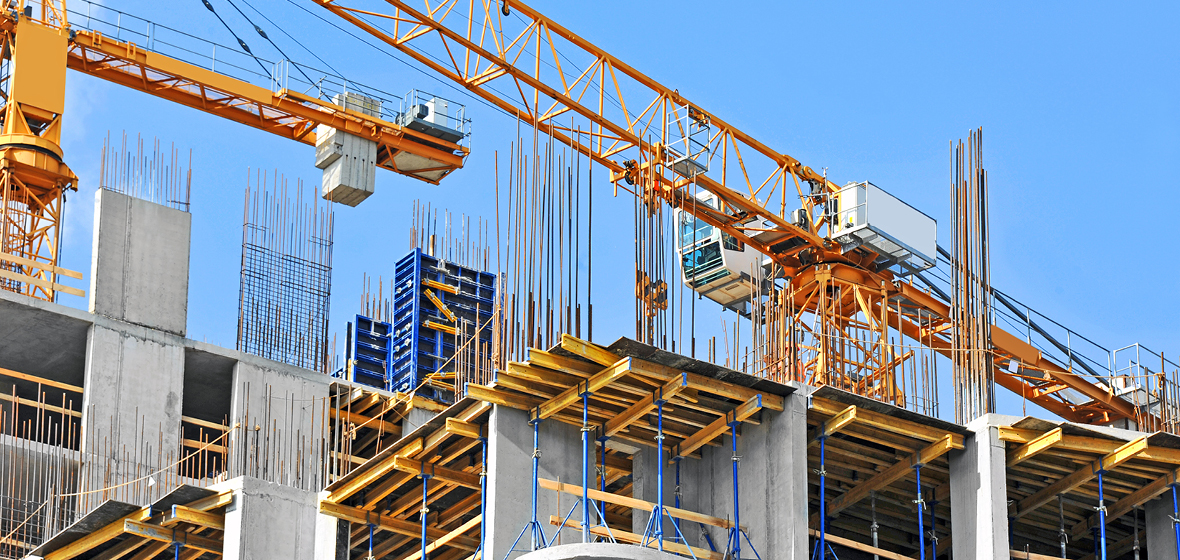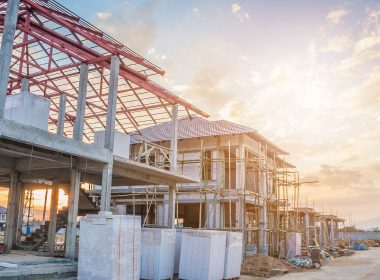Snapshot
- The Design and Building Practitioners Act 2020 commenced on 11 June 2020, although not all provisions are yet in force.
- Amongst other things, the Act deems that all ‘building practitioners’ owe a duty of care at common law to subsequent owners of the property. This is in addition to the statutory warranties under the Home Building Act.
- The new duty of care is retrospective, and purports to extend back as far as 10 years.
In response to the perceived building crisis in NSW, the State government has enacted the Design and Building Practitioners Act 2020 (NSW) (‘the Act’). The Act introduces a range of statutory obligations on builders, architects, engineers and other workers in the building industry. This article will focus on pt 4 of the Act which provides that anyone who performs construction work will owe a new statutory duty of care to both current and subsequent property owners.
Why a statutory duty of care?
The Shergold Weir Building Confidence Report on compliance and enforcement systems for the building and construction industry was released in 2018. In its response, the NSW Government recognised that although property owners had protections in the form of statutory warranties, there were doubts as to whether they were owed a duty of care and whether they had sufficient protection under the current legislative framework. (See Part 5, Building Stronger Foundations Discussion Paper, Implementing the NSW Government Response to the Shergold Weir Building Confidence Report, June 2019.) A statutory duty of care was consequently inserted into the Act in order to ‘eradicate’ any uncertainty as to whether a duty of care at common law was owed to property owners for defective work. (See the NSW Legislative Council Second Reading speeches of David Shoebridge, LC, Damien Tudehope, and Adam Searle).




